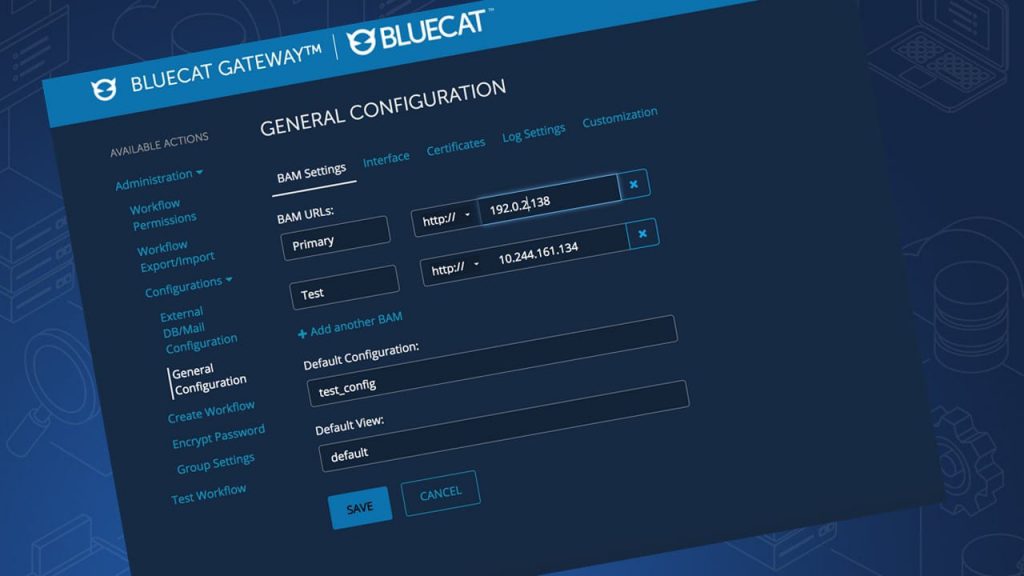DNS Automation: BlueCat Gateway meets Modern DDI Automation Demands
BlueCat Gateway powers our customers with simplified and self-serviced DNS management through automation. With new updates this month, we’ve made it better!

We’re excited to share some major updates to BlueCat Gateway which is now available to all BlueCat customers.
BlueCat Gateway is an extensible platform & DNS management tool that allows you to automate DNS Server tasks and build a cleaner and lighter DNS record deployments while enabling a simple, self-service focused environment.
In other words, Gateway enables our customers to provide their organization with a more simplified DNS management and self-service focused DNS environment. And with the changes we’ve made in this latest release, there has never been a better time to be a BlueCat Gateway user.
We’re improving Gateway in three key areas:
So, what exactly are we doing? We’re improving Gateway in three key areas:
1. More Accessible
We are making the Gateway platform available as a Docker image (container) in an easily accessible public Docker registry, Quay. So that our BlueCat customers can easily access and enable Gateway.
This new distribution approach will give our customers easier and faster installations (they will be able to access and install in minutes!) as well as more flexible deployments with Continuous Integration systems.
2. Enhanced Experience
There are so many improvements made in the new Gateway platform to improve the user experience.
First and foremost, the new Gateway is coded in Python 3 programming language, which will significantly contribute to the long-term security, support, and viability of the Gateway product.
We are also introducing integration with the Ansible, so our customers who use the Ansible Config management tool can integrate with their BlueCat DNS Integrity environment using BlueCat Gateway to control IP address management (IPAM) operations. Finally, new support options will be available to customers who want more hands-on Customer Success engagement with Gateway.
3. Improved Content
Gateway is nothing without two key things: the content and the community.
Earlier this year we launched BlueCat Labs on GitHub to share Gateway workflows, future integrations, and other open-source project. This is an addition to the example Gateway Workflows, which are already available on our GitHub repository.
We are enhancing our workflow delivery approach to provide more certified BlueCat Gateway workflows and integrations and promote more contributions from our Gateway user community.
Our customers are constantly looking to define, orchestrate, and quickly implement complex business processes to drive greater value for their organization, and DNS must play a prominent role. That’s why we have created Gateway, and we’ll continue to evolve and improve the platform based on our customers’ needs and feedback.




